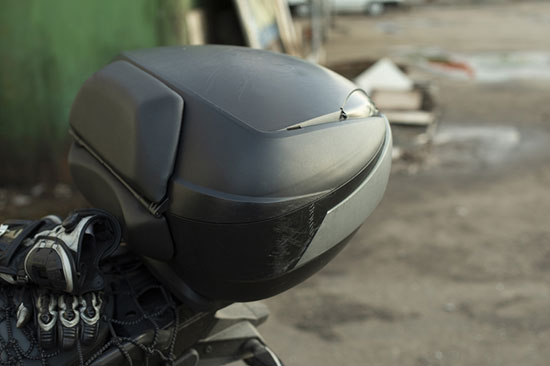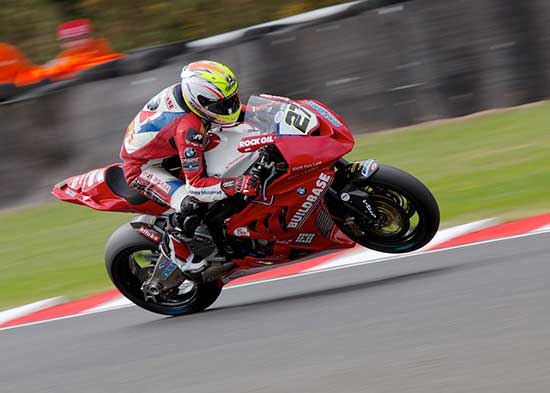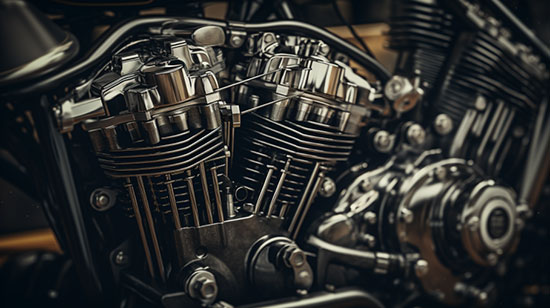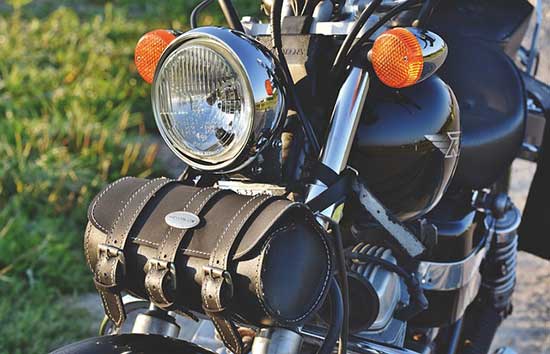Carburetors have long been a staple in the world of motorcycles, providing the necessary fuel-air mixture for combustion. However, with advancements in technology and the rise of fuel injection systems, many wonder if carburetors are still used in motorcycles today.
Contents
The Basics of Carburetors
Before delving into the current usage of carburetors in motorcycles, it is essential to understand the basics of how they work.
A carburetor is a device that blends fuel and air in the correct ratio for combustion in an internal combustion engine. It achieves this by utilizing the principle of air pressure difference to draw fuel into the engine.
The primary components of a carburetor include a fuel bowl, float, jets, and a throttle valve. The fuel bowl stores the fuel, while the float controls the fuel level.
Jets regulate the amount of fuel delivered, and the throttle valve controls the airflow into the engine.
The Advantages of Carburetors
Despite the emergence of fuel injection systems, carburetors still offer several advantages that make them a viable choice for certain motorcycles. Here are some key advantages:
- Simplicity: Carburetors are relatively simple in design and operation compared to fuel injection systems. They have fewer components, making them easier to understand, maintain, and repair.
- Cost: Carburetors are generally less expensive than fuel injection systems, making them a cost-effective option for budget-conscious riders.
- Tuning Flexibility: Carburetors allow for easier tuning and adjustment, making it simpler to optimize performance for specific riding conditions or modifications.
- Compatibility with Older Bikes: Carburetors are commonly found in older motorcycles, and retrofitting them with fuel injection systems can be costly and complex. Therefore, carburetors remain a practical choice for vintage bike enthusiasts.
The Disadvantages of Carburetors
While carburetors have their advantages, they also come with some notable drawbacks. Here are a few disadvantages:
- Less Precise Fuel Delivery: Carburetors rely on mechanical systems to regulate fuel delivery, which can result in less precise fuel-air mixtures compared to fuel injection systems. This can lead to reduced fuel efficiency and emissions.
- Altitude and Temperature Sensitivity: Carburetors are sensitive to changes in altitude and temperature. As a result, they may require frequent adjustments to maintain optimal performance in varying conditions.
- Difficulty in Cold Starting: Carbureted engines often struggle with cold starts, requiring additional effort to prime the fuel mixture and get the engine running smoothly.
- Environmental Impact: Carburetors tend to produce higher emissions compared to fuel injection systems, contributing to air pollution and environmental concerns.
The Current Usage of Carburetors in Motorcycles
While fuel injection systems have become the dominant choice in modern motorcycles, carburetors are still used in specific applications. Here are some instances where carburetors continue to be utilized:
- Off-Road Motorcycles: Carburetors are commonly found in off-road motorcycles due to their simplicity, cost-effectiveness, and ease of maintenance. These bikes often operate in harsh conditions where fuel injection systems may be more vulnerable to damage.
- Small Displacement Bikes: Carburetors are often used in small displacement motorcycles, such as scooters and mopeds, where cost considerations and simplicity outweigh the need for advanced fuel injection technology.
- Classic and Vintage Motorcycles: Carburetors remain prevalent in classic and vintage motorcycles, as retrofitting them with fuel injection systems can be impractical or compromise the authenticity of the bike.
Case Study: Harley-Davidson
Harley-Davidson, a renowned motorcycle manufacturer, provides an interesting case study on the usage of carburetors.
For many years, Harley-Davidson relied on carburetors as the primary fuel delivery system in their motorcycles. However, in the early 2000s, they began transitioning to fuel injection systems.
The shift was driven by stricter emissions regulations and the need for improved fuel efficiency. Fuel injection systems offered better control over fuel delivery, resulting in reduced emissions and improved performance.
Today, the majority of Harley-Davidson motorcycles are equipped with fuel injection systems, with carburetors reserved for specific models or custom builds.
The Future of Carburetors in Motorcycles
As technology continues to advance, the future of carburetors in motorcycles seems uncertain. While they still find relevance in specific applications, the overall trend favors the adoption of fuel injection systems.
The benefits of fuel injection, such as precise fuel delivery, improved efficiency, and reduced emissions, make it an attractive choice for manufacturers and riders alike.
However, it is worth noting that carburetors have a loyal following among motorcycle enthusiasts who appreciate their simplicity, nostalgia, and the unique riding experience they offer.
As long as there is demand for vintage and custom motorcycles, carburetors will likely continue to have a place in the motorcycle industry.
Conclusion
Carburetors, while no longer as prevalent as they once were, still have a role to play in the world of motorcycles.
Their simplicity, cost-effectiveness, and compatibility with older bikes make them a viable option for specific applications. However, the rise of fuel injection systems and their numerous advantages have led to a gradual decline in the use of carburetors in modern motorcycles.
Ultimately, the choice between carburetors and fuel injection systems depends on factors such as budget, performance requirements, and personal preferences.
As technology continues to evolve, it will be fascinating to see how the motorcycle industry adapts and whether carburetors will continue to hold their ground or become a relic of the past.






